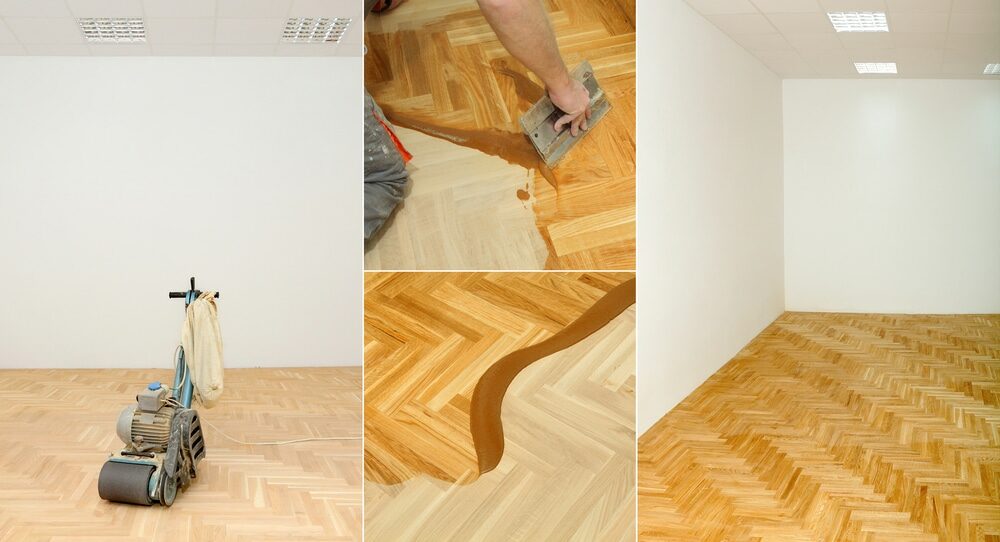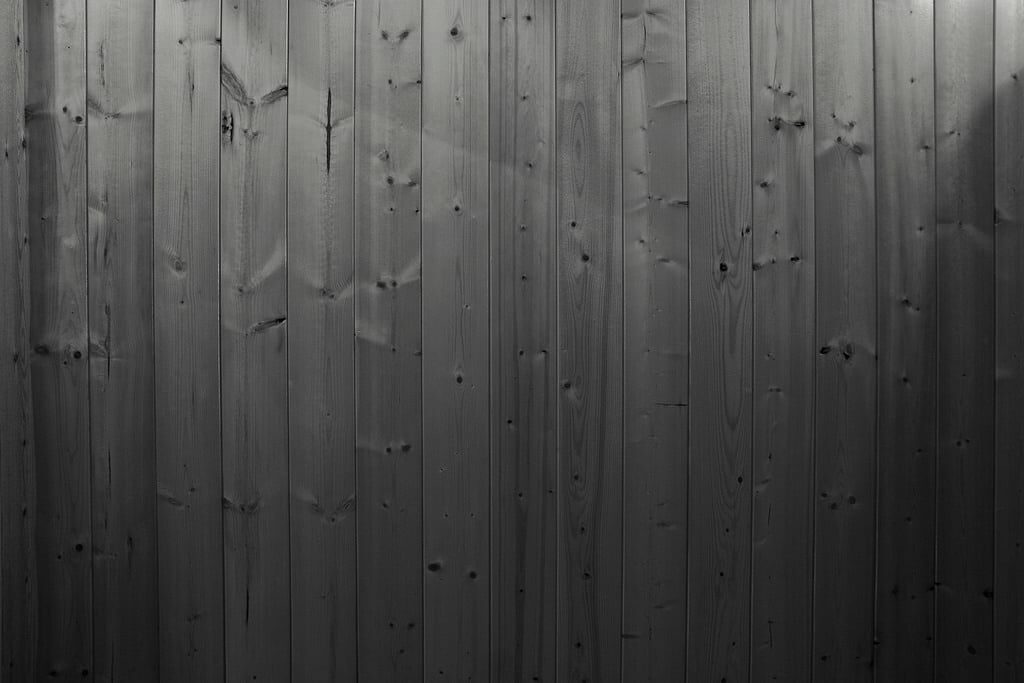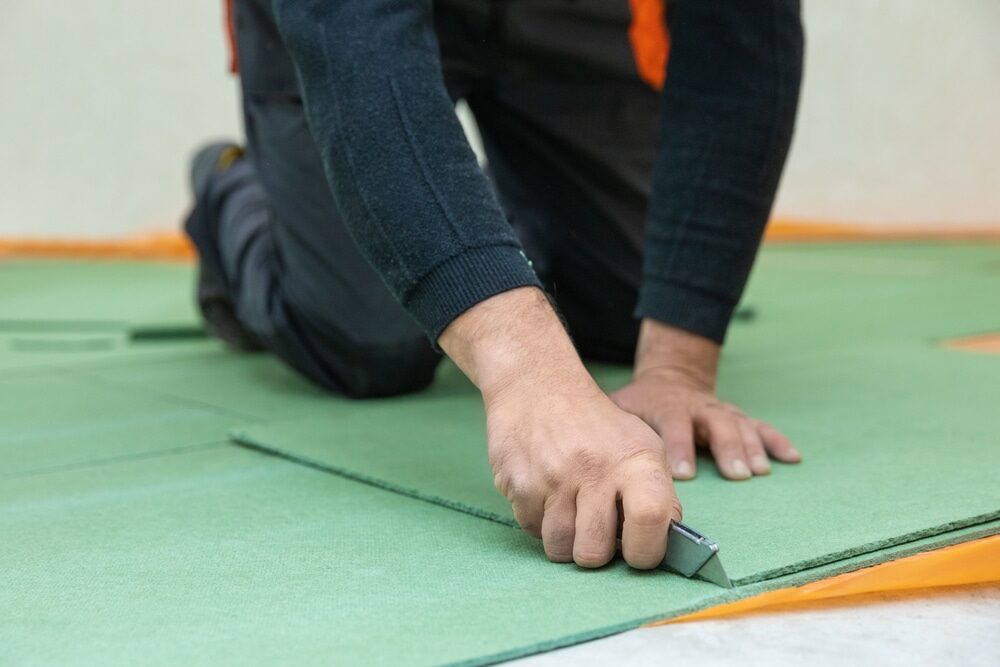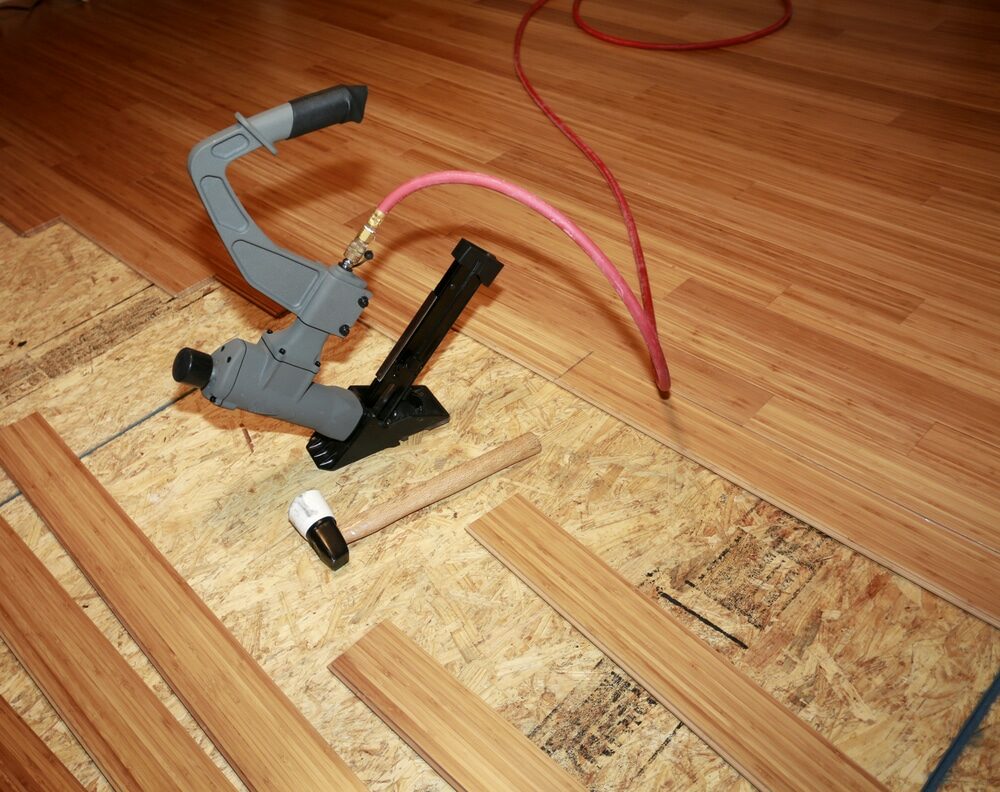London:
Nationwide:
Top 10 FAQ: About Floor Sanding & Varnishing for Stunning Floors
Posted on April 27, 2023
Blog
Ultimate Guide: Answering the 10 Most Common Questions about Floor Sanding and Varnishing
Floor sanding and varnishing are essential steps in maintaining the beauty and durability of your wooden floors. As a homeowner, you may have questions about the process, the tools used, the types of finishes available, and how to choose the right professional for the job. In this comprehensive blog post, we will address ten commonly asked questions about floor sanding and varnishing, providing you with the knowledge needed to make informed decisions and ensure your floors look their best for years to come.
Question 1: What is floor sanding, and why is it necessary?
Answer: Floor sanding is the process of removing the top layer of a wooden floor to eliminate imperfections, scratches, and dents that have developed over time. This is done using specialised sanding machines, which grind down the surface of the wood to create a smooth, even surface. Sanding is necessary to prepare the floor for varnishing and to restore the natural beauty of the wood.Question 2: What types of floors can be sanded and varnished?
Answer: While most types of wooden floors can be sanded and varnished, some floors are more suitable for this process than others. Hardwood floors, such as oak, maple, and walnut, are the most common candidates for sanding and varnishing due to their durability and long-lasting nature. However, engineered wood floors can also be sanded and varnished, although their sanding capabilities are limited due to the thinner veneer layer.Question 3: How often should I sand and varnish my wooden floors?
Answer: The frequency of floor sanding and varnishing depends on the type of wood, the amount of foot traffic, and the quality of the finish. As a general rule, hardwood floors should be sanded and refinished every 7–10 years, while engineered wood floors may require sanding and varnishing every 10–15 years. However, you should consult a flooring professional to assess your specific situation and determine the appropriate maintenance schedule.Question 4: Can I sand and varnish my floors myself?
Answer: While it is possible to sand and varnish your floors yourself, hiring a professional is strongly recommended. Floor sanding requires specialised equipment and skill to achieve an even, smooth surface. Additionally, improper sanding can cause permanent damage to your floors, leading to costly repairs or replacements. Professional floor sanders have the experience and equipment needed to ensure a high-quality finish.Question 5: What types of sanders are used for floor sanding?
Answer: There are several types of sanders used for floor sanding, including drum sanders, orbital sanders, and edge sanders. Drum sanders are powerful machines used for removing large amounts of material quickly, making them suitable for initial sanding. Orbital sanders are less aggressive and are used for finer sanding and finishing. Edge sanders are smaller, handheld machines used for sanding the edges and corners of a room where larger sanders cannot reach.Question 6: What are the different types of varnishes available?
Answer: There are three main types of varnishes used for wooden floors: water-based, oil-based, and solvent-based. Water-based varnishes are environmentally friendly, low-odour, and quick-drying. Oil-based varnishes are more durable and provide a richer, more natural-looking finish. Solvent-based varnishes, also known as lacquers, are the most durable and provide excellent resistance to wear and tear. The type of varnish you choose depends on your personal preference, your budget, and the specific needs of your floor.Question 7: How do I choose the right finish for my floors?
Answer: When choosing a finish for your floors, consider factors such as durability, maintenance, and appearance. High-traffic areas,Question 8: How long does it take for the varnish to dry?
Answer: The drying time for varnish depends on the type and environmental conditions. Water-based varnishes typically dry faster, often within 1-2 hours, while oil-based and solvent-based varnishes may take 6–24 hours to dry. It is essential to allow sufficient drying time between coats and to avoid walking on the floor until the varnish is fully cured. This can take anywhere from 24 hours to several days, depending on the varnish type and manufacturer’s recommendations.Question 9: How do I maintain my sanded and varnished floors?
Answer: Proper maintenance is crucial for ensuring the longevity of your sanded and varnished floors. Regular cleaning, including sweeping and vacuuming, is essential to prevent the buildup of dust and dirt that can scratch the surface. Avoid using harsh chemicals or abrasive cleaning tools, as these can damage the finish. When necessary, use a damp mop with a mild, pH-neutral cleaning solution specifically designed for wooden floors. Additionally, placing rugs and mats in high-traffic areas can help protect your floors from wear and tear.Question 10: How do I find the right professional for floor sanding and varnishing?
Answer: Choosing the right professional for your floor sanding and varnishing project is essential for achieving the best results. Look for a company with a solid reputation, positive customer reviews, and a portfolio of previous work. Additionally, ensure that the professionals you hire are licenced and insured and that they provide a detailed quote outlining the scope of work, materials, and costs. Don’t be afraid to ask questions about their experience, equipment, and processes, as well as any guarantees or warranties they offer.Some Useful Links:
Conclusion
Floor sanding and varnishing are essential processes for maintaining the beauty and durability of your wooden floors. By understanding the fundamentals of these processes and choosing the right professional, you can ensure your floors look their best and provide a comfortable, inviting living space for years to come. With this guide in hand, you’re now equipped to make informed decisions and confidently navigate the world of floor sanding and varnishing.Sanding
We provide virtually dust-free sanding with our continuous belt machinery with mobile extraction units, giving you a safer environment for your family.
Oiling
This organic finish not only adds beauty to your home but also has exceptional water-repellent characteristics, making it easier to clean and maintain.
Waxing
This natural floor finish offers the softest and most mellow appearance – and leaves your floor able to breath.
Buffing
Using soft buffing machines (and hand-polishing where required) will bring a wonderful sheen to your newly-finished floor.
Repairs
We offer a full assessment of your wooden floors to determine what repairs are needed to provide the perfect working surface for the later stages of sanding, staining and sealing.
Restoration
We offer a comprehensive restoration process designed to address floors that are improperly fitted or damaged over time through wear and tear.
Request a fixed price quote for your wood floor restoration now
Simply enter your postcode below to get started.
Services
Wood Floor Sanding Wood Floor Restoration Wood Floor Scratch Repair Squeaky Wood Floor Repair Parquet Floor Sanding Parquet Floor Restoration Commercial Floor Sanding Church Floor Sanding Community Centre Floor Sanding School Floor Sanding Gap Filling Gap Filling with ResinCopyright © Mr Sander®
Privacy & Cookies Terms & Conditions Complaints Procedure Cancellation Rights Sitemap






